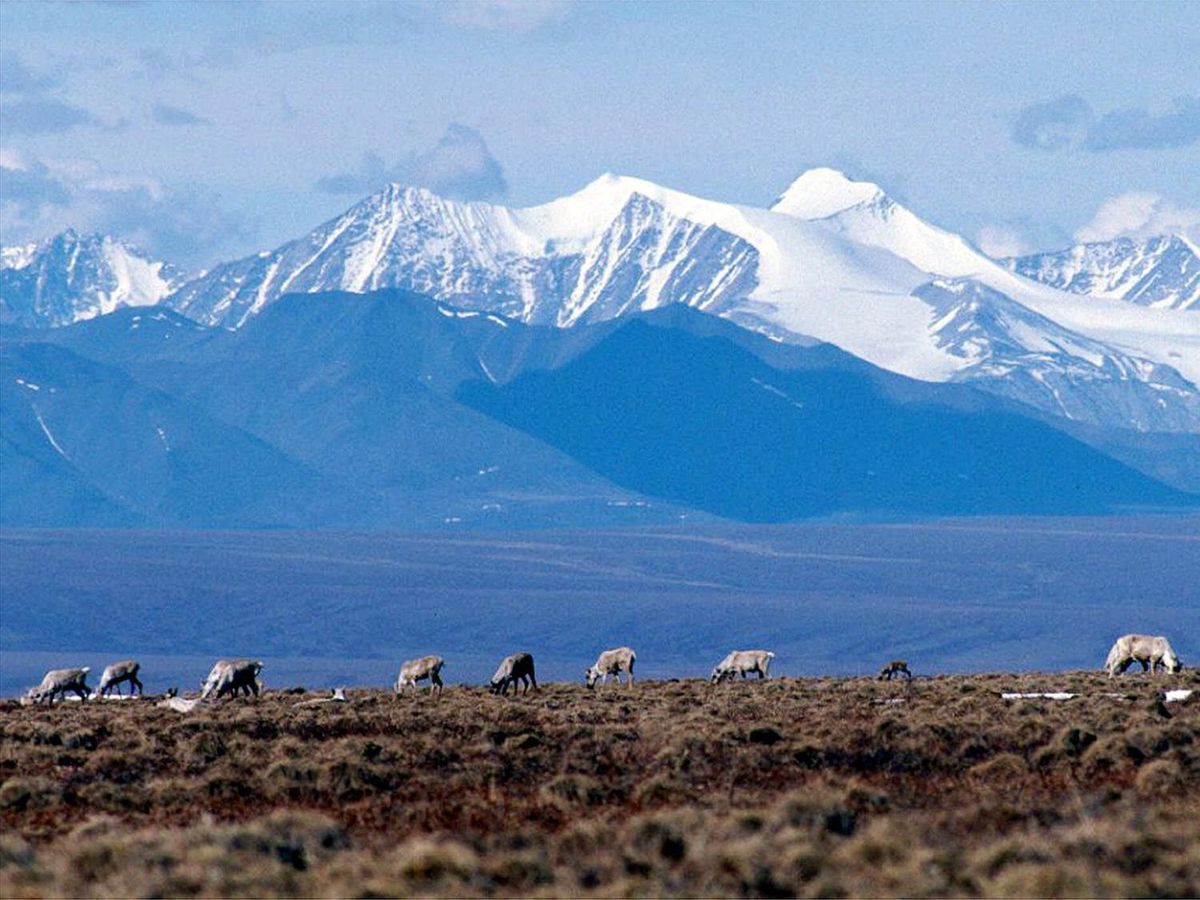In Finland, most pets and some farm animals are vaccinated at least once in their lifetime.
What could be the world’s first vaccine?
Many refer Edward Jennerin to a vaccine trial in 1768, when he showed – using an 8-year-old boy as his guinea pig – that vaccinia gives a person protection against smallpox.
But long before this, the nomads living in sub-Saharan Africa had invented a kind of vaccine against Nagana disease in their cattle.
Nagana disease the causative agent is a protozoan spread by a chechen fly that causes sleeping sickness in humans.
An animal or human gets the disease from being bitten by a fly. The nomads find that if the herd is exposed to the Chechen fly in a controlled manner, they will become resistant to the disease.
So they gathered the chechen flour, dried it, and ground it. The powder was mixed with a paste made from herbs and wood bark and fed to the cows.
The animals developed a mild disease, after which they became resistant to it, and they also passed on immunity to their offspring.
No one has studied how effective such a chech fly vaccine was. However, that may have been one factor in why pastoralists in general were able to successfully raise cattle in areas controlled by the Chechen fly.
The ketchup spreads a protozoan that causes so-called sleeping sickness in both humans and animals. In Africa, nomads figured out how maybe a herd could be vaccinated against it.
Animal vaccines the history is as long as that of human vaccines.
As early as the 18th century, inspired by Jenner’s results, cattle were vaccinated against rinderpest by rubbing swabs from infected animals into the wounds of healthy animals.
Animal vaccines work in the same way as human vaccines, but they target a greater number of bacteria and viruses than human vaccines.
Vaccination methods are also more diverse than in humans.
At present, most pets and some farm animals in Finland are vaccinated at least once in their lifetime. Vaccines are also given to wildlife – even bees.
Bees vaccination sounds imaginative. They do not even produce antibodies.
Still, a vaccine is being developed for them, for which researchers at the University of Helsinki have done the groundwork Heli Salmela and Dalial Freitak. Freitak, which moved to Austria, is still involved in the development of the vaccine.
The immunity of bees to bacteria and viruses arises through the Queen. When the queen is exposed to bacteria or viruses along with food, they are cut into pieces in the gut.
These pieces of microbes – that is, surface structures such as the coronavirus spike protein – accumulate in the queen’s body and help the queen create immunity for her offspring as well.
Namely, the fragments of microbes are transported by the vitellinogenin protein to the queen’s larvae, allowing the larvae’s immune system to recognize the microbes.
When bees hatch, their immune system is already trained to recognize a wide variety of microbial structures.
In the vaccine, this immunity is directed against the bacteria and viruses that afflict the bee colonies.
An important target in Freitak’s project is Paenibacillus larvae precancerous rot caused by the bacterium, which easily destroys society as a whole.
Vaccination is done by adding dead bacteria to the sugar syrup that is offered to workers. The workers make the sugar jelly into a queen jelly to feed the queen, and thus the queen is exposed to the bacterium.
The queen transfers the surface structures of the bacterium to the larvae, and the larvae hatch as resistant to the bacterium.
Last in the autumn, a small plane flew daily along the eastern border of Finland. Thousands of brown cakes were dropped from the plane, which smelled strongly of fish.
This was not a special border control operation, but a rabies vaccination of small carnivores coordinated by the Food Agency.
Fish-scented cakes are an irresistible treat for foxes, raccoon dogs and other beasts. As they eat the cake, they get a rabies vaccine.
Vaccination of wild animals against rabies is one of the most successful wildlife vaccination campaigns in Europe.
Thanks to the rabies vaccinations of cats and dogs and wild small carnivores, rabies has virtually disappeared from Europe. It is no longer found in Russia and some other Eastern European countries.
Similar campaigns are currently underway in Africa and India, where rabies is still present.
Rabies is the best known example of vaccination for wild animals, but not the only one. There is more need for vaccinations than vaccination campaigns.
One or two a year ago there was worrying news from Siberia: thousands of reindeer had died of anthrax.
The anthrax epidemic was immediately linked to climate change and high temperatures in the region.
However, this was not the first time that anthrax caused problems for reindeer husbandry. Anthrax was a persistent problem in Russian reindeer herding areas until the 1920s.
In 1928, the first anthrax vaccine for reindeer was introduced, after which the problem gradually disappeared.
Vaccinations of reindeer continued uninterrupted until the 21st century, but thereafter vaccinations were interrupted.
Vaccine coverage decreased and apparently this allowed for an anthrax epidemic. Since 2016, hundreds of thousands of reindeer have been vaccinated again in Siberia.
Anthrax causes regular epidemics in Africa as well.
Anthrax spores are found virtually everywhere in the soil. Herbivores are exposed to spores when grazing and carnivores become infected by eating the wastes killed by anthrax.
An anthrax epidemic that erupted in a Kenyan national park between 2005 and 2006 killed dozens of zebras.
To prevent further deaths, park authorities vaccinated more than 600 zebras against anthrax by firing them with a kind of “vaccine shot”. After vaccinations, zebra deaths ceased.
Wild boar have wild-type African swine fever, which is feared to spread to the pig industry. This duo is safely in the owner’s enclosure.
African swine fever is currently the biggest fear of the pig industry.
It is highly contagious and highly lethal and spreads in Europe with wild boar. There is no vaccine against African swine fever, but several candidates for vaccines are very close to marketing authorization.
To date, mass immunization of feral pigs by bait vaccination is planned in many countries.
African swine fever is as deadly to wild boars as it is to production pigs. If the disease is eradicated from wild boars, then the production pigs will be safer.
Experts consider the idea of mass vaccination of wild boars feasible. Mass vaccinations halted the progression of another viral disease in Germany about ten years ago – classical swine fever.
Spanish researchers have developed a vaccine against African swine fever that is different from all other vaccines. This is a natural strain of the virus isolated from a wild boar hunted in Latvia.
For some reason, this animal carried a form of the virus that causes only mild disease.
When the researchers isolated the virus and gave it to healthy feral pigs, they developed resistance to a sudden variant of the virus, but no symptoms of the disease.
Because the vaccine contains a real virus, vaccinated wild boars can infect each other, so the vaccine would work like a natural infection.
At best, the strain in the vaccine could displace the fierce form of the virus from Europe.
When the coronary pandemic began in late 2019, good news was heard about the ebolavirus. The researchers had developed the first vaccine against Ebola.
The vaccine, known as Ebevo, has also been authorized. The concretisation of the Ebola vaccine has also sparked debate about vaccinating animals.
Ebola is also a deadly disease for many monkeys, such as chimpanzees and gorillas. It is estimated that the Ebola epidemic that raged between 2002 and 2003 killed more than 5,000 gorillas.
According to other estimates, Ebola may have killed up to a third of the world’s chimpanzees. The human Ebola vaccine would certainly work for monkeys as well, but in addition, several researchers are developing their own vaccine for monkeys.
Even bison are in danger
-
In the United States, vaccination of bison against the brucellosis bacterium has long been considered in Yellowstone National Park.
-
The bacterium causes a chronic infection in the genitals of both the dog and the female. It leads to abortion of the fetuses and a decrease in the ability to reproduce.
-
When bison migrate outside a national park, cattle can become infected.
-
Now the way is to prune the bison stock so that there is no need for them to leave the national park. That means shooting several hundred bison every year.
#Medicine #vaccine #saves #animal #developed #vital #bees






